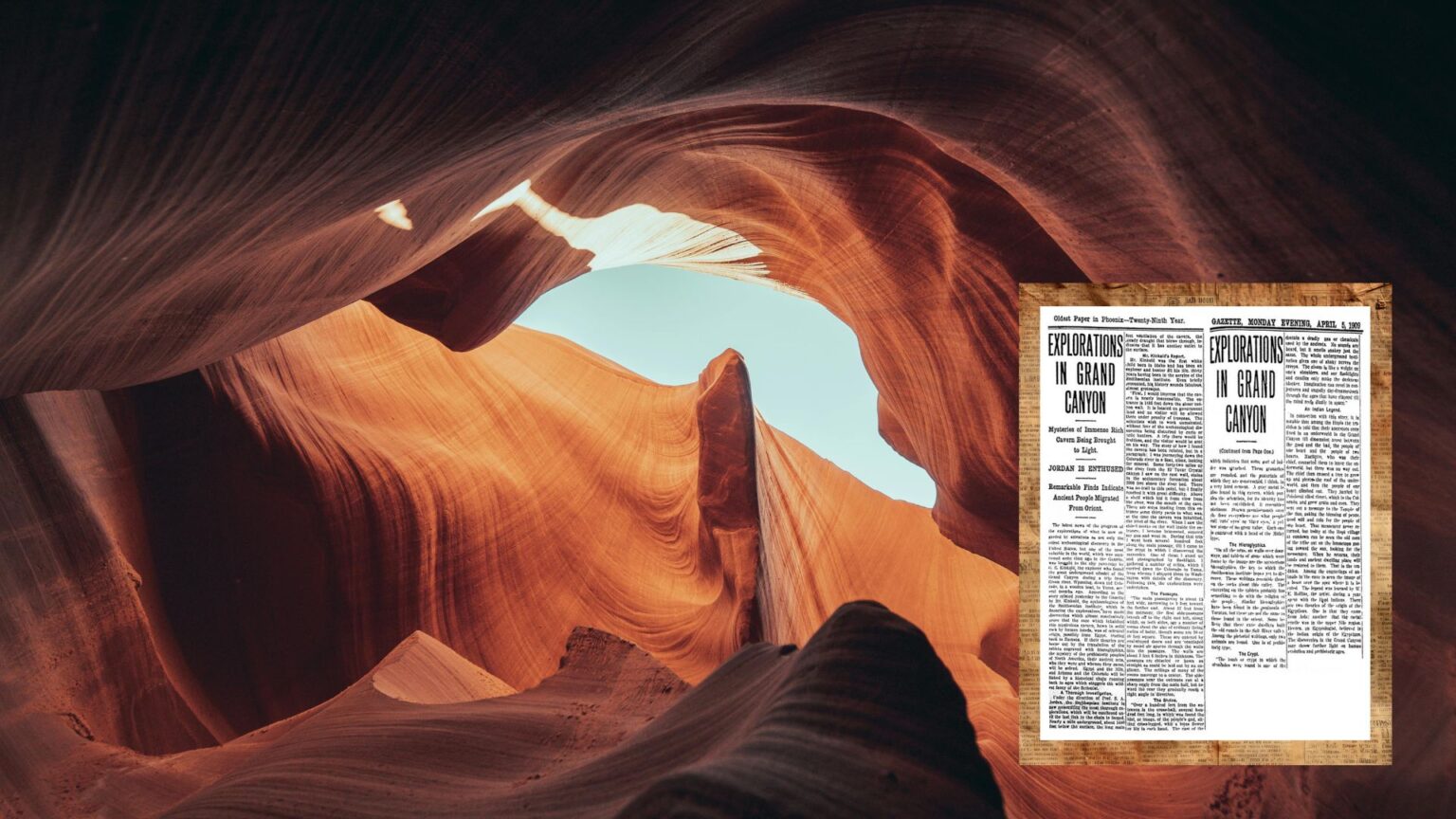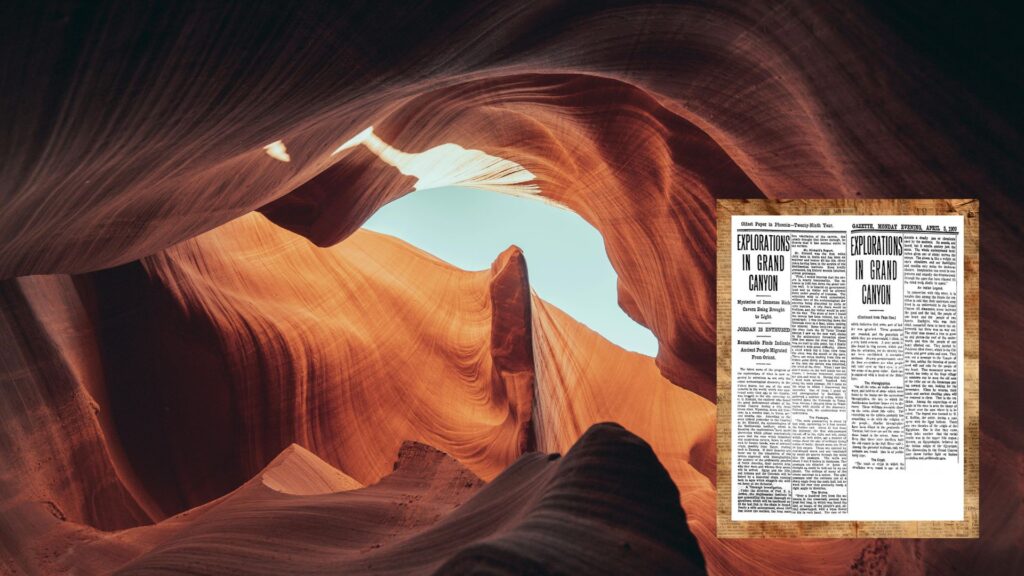
In 1909, a newspaper article claimed that an explorer stumbled upon a vast underground cavern filled with hieroglyphs, artifacts, and even mummies. The Smithsonian Institution quietly investigated it and debunked the article. Though the Smithsonian has long denied any involvement or record of such an expedition, the legend refuses to fade from the canyon’s long and mysterious history, and some are convinced that the Smithsonian is hiding something.
A Ranger’s Discovery
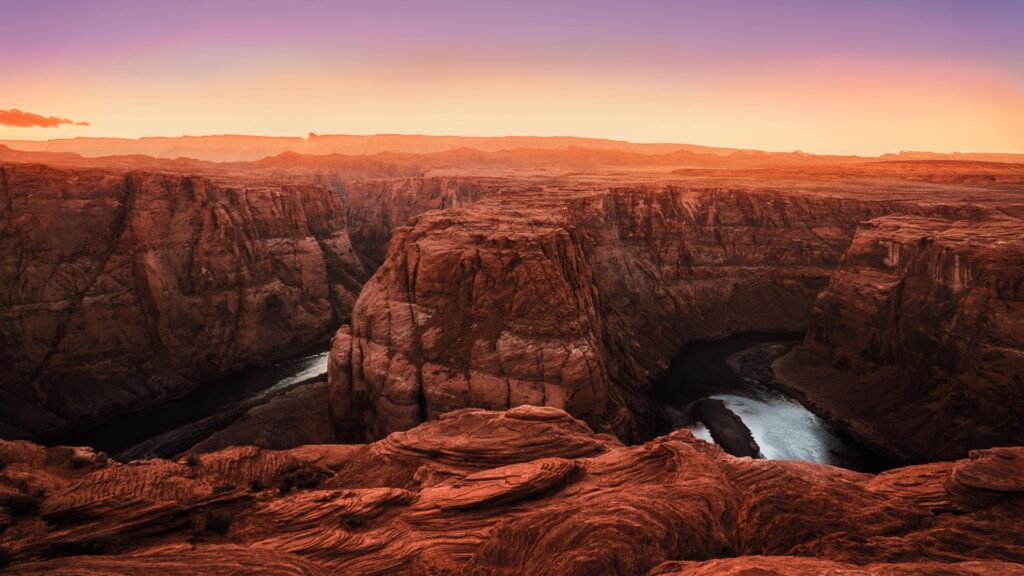
Recently, that century-old rumor gained new life when a park ranger exploring a remote stretch of canyon terrain came across what appeared to be long-forgotten mining tunnels, sealed-off caves, and unusual rock formations that didn’t quite fit the area’s known geology. While nothing has been officially verified, the find has reignited public curiosity and inspired debate about how much of the Grand Canyon remains uncharted.
The Canyon’s Past
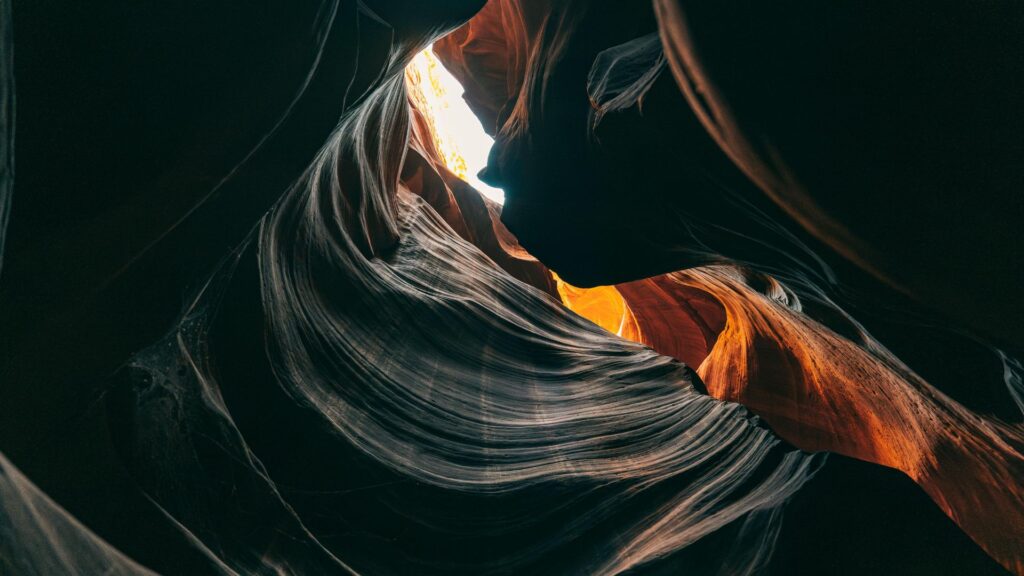
If there’s even a shred of truth to the idea of ancient civilizations or unexplained artifacts hidden within its depths, it could add an entirely new dimension to our understanding of the canyon’s past. It’s a thought that has ignited the imagination of several online conspiracy theorists.
Skepticism and Wonder
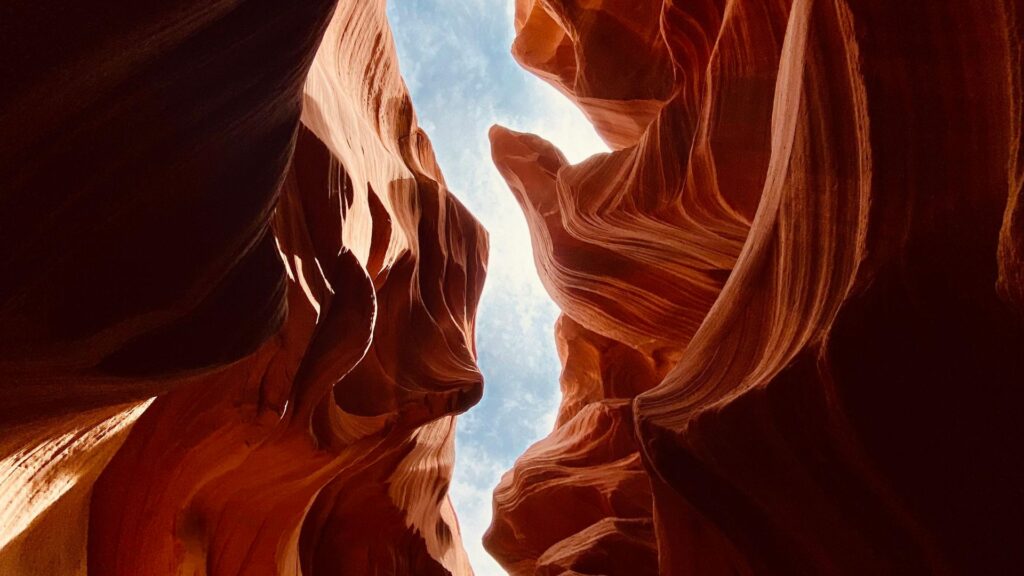
Naturally, historians and scientists approach these claims with caution. Many point out that the original 1909 story may have been a piece of sensational journalism rather than fact. Still, the ranger’s recent discovery—combined with the canyon’s many unexplored sections—keeps the conversation going and opens the door for possibilities. Whether the clues point to an overlooked mining site, an ancient settlement, or simply nature’s handiwork, the thrill of discovery remains the same.
A New Chapter in an Old Mystery
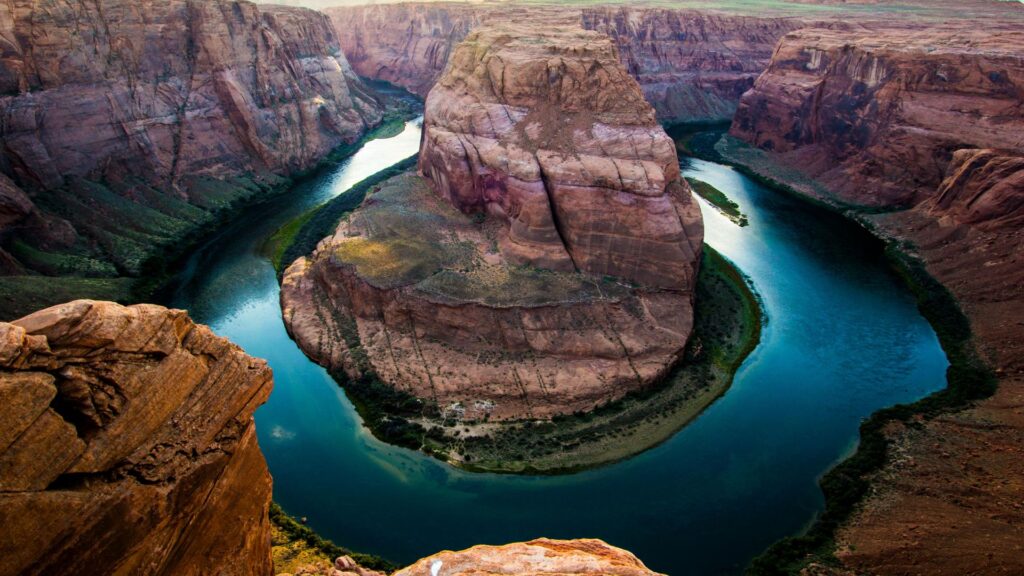
If future research confirms even part of what’s being hinted at, it could reshape how we view one of America’s most treasured places. The ongoing story being a point of conversation for over 100 years is evidence of the natural human interest in nature’s wonders.

